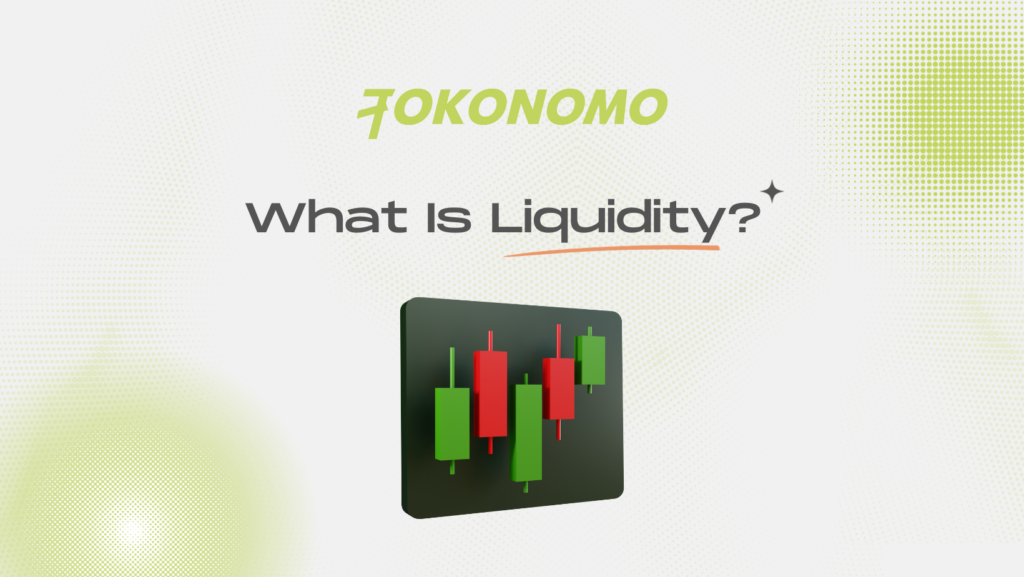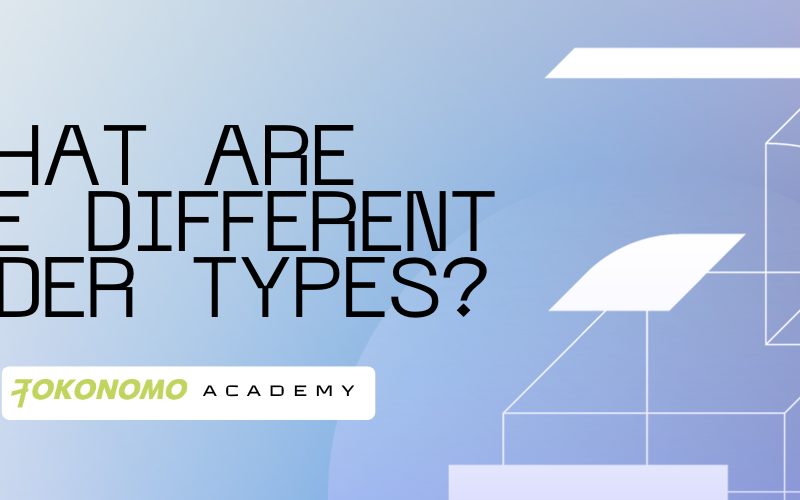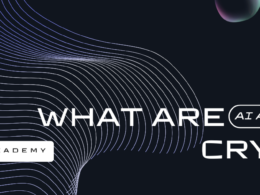Across various trading platforms, spanning Forex, stocks, or cryptocurrency exchanges, the essential mechanism involves the alignment of sellers with buyers. Absent these junctions, the alternative would require promoting your proposition to exchange Bitcoin for Ethereum on social media platforms, banking on the chance of finding an interested party.
Within the scope of this article, our focus will be on delving into the makers and takers paradigm. Each participant in the market inevitably fits into one of these classifications – indeed, as a trader, you’re likely to embody both roles at different junctures. Makers and takers stand as the pivotal agents animating numerous trading platforms, distinguishing robust exchanges from feeble ones through their presence or absence.
What Is Liquidity?
Before embarking on a comprehensive discussion about makers and takers, it’s crucial to delve into the concept of liquidity in greater detail. When individuals refer to an asset’s liquidity or lack thereof, they are essentially addressing its ease of saleability.
An example illustrating a highly liquid asset is an ounce of gold, as it can swiftly be converted into cash within a short timeframe.


Another concept closely related (albeit slightly distinct) to liquidity is market liquidity. A liquid market denotes a scenario where assets can be bought and sold effortlessly at a justifiable value. Such markets exhibit substantial demand from those seeking to obtain the asset and an ample supply from those looking to offload it.
This level of activity tends to converge the interests of buyers and sellers, resulting in a close proximity between the lowest sell order (ask price) and the highest buy order (bid price). Consequently, the difference between these prices, known as the bid-ask spread, remains minimal or tight.
Conversely, an illiquid market lacks these defining characteristics. Attempting to sell an asset within such a market becomes challenging due to the limited demand, thereby impeding the achievement of a fair price. Consequently, illiquid markets frequently experience significantly wider bid-ask spreads.
Now that we’ve thoroughly explored the concept of liquidity, it’s an opportune moment to transition our focus toward understanding the dynamics of makers and takers.
Who Are Market Makers and Market Takers?
As previously indicated, the traders who gravitate toward an exchange are typically categorized as either makers or takers.
Makers
Exchanges typically utilize the order book to compute an asset’s market value, gathering all the buying and selling offers from their users. For instance, when you enter an instruction such as “Buy 800 BTC at $30,000,” the system lists it in the order book and fulfills it once the price reaches $30,000.
A Maker (Post Only) Order, as depicted, necessitates pre-announcement of your intentions by inclusion in the order book. You’re termed a maker because you’re essentially shaping the market. Comparatively, the exchange operates akin to a store charging individuals a fee for stocking goods, while you function as someone adding your inventory.
It’s customary for prominent traders and institutions, particularly those specializing in high-frequency trading, to adopt the role of market makers. Conversely, smaller traders can assume this role by placing specific order types that don’t execute immediately.
Takers
Continuing the analogy of a store, when you place items in your inventory on the shelves, you’re essentially making them available for someone to come and buy. This individual becomes the taker, consuming the goods or services you offer. Instead of merely picking items off the shelves, they are essentially consuming the liquidity you’ve made accessible.
Consider this: by placing an offer in the order book, you’re effectively enhancing the liquidity of the exchange. This action facilitates smoother transactions for users looking to buy or sell. Conversely, a taker diminishes this liquidity, especially with a market order—where the instruction is to buy or sell at the current market price, instantly fulfilling existing orders on the book.
If you’ve ever executed a market order on any cryptocurrency exchange, you’ve taken on the role of a taker. However, it’s essential to note that you can also act as a taker by utilizing limit orders. Essentially, whenever you fulfill someone else’s order, regardless of the method, you assume the role of a taker.
Maker-Taker Fees
Numerous exchanges derive a significant portion of their earnings by levying trading fees for matching users. This implies that each time an order is placed and subsequently fulfilled, a nominal sum is incurred in fees. However, these charges vary across different exchanges and might also fluctuate based on the scale and role of your trading activities.


Broadly speaking, makers receive some form of reimbursement for augmenting the exchange’s liquidity. This contributes positively to the business, prompting potential traders to view the platform favorably due to its robust liquidity. Naturally, such a venue holds more appeal than a less liquid one, as transactions are executed more seamlessly. In multiple instances, takers are subject to higher fees compared to makers, primarily because they do not furnish the same liquidity that makers provide.
Conclusion
In summary, makers function as traders responsible for initiating orders and awaiting their execution, whereas takers fulfill orders placed by others. It’s important to note that market makers primarily serve as providers of liquidity.
In exchanges employing a maker-taker system, makers play a crucial role in enhancing the appeal of the trading platform. Typically, these platforms incentivize makers by offering reduced fees due to their contribution to liquidity provision. Conversely, takers capitalize on this available liquidity to conveniently trade assets, albeit usually incurring higher fees for this convenience.











